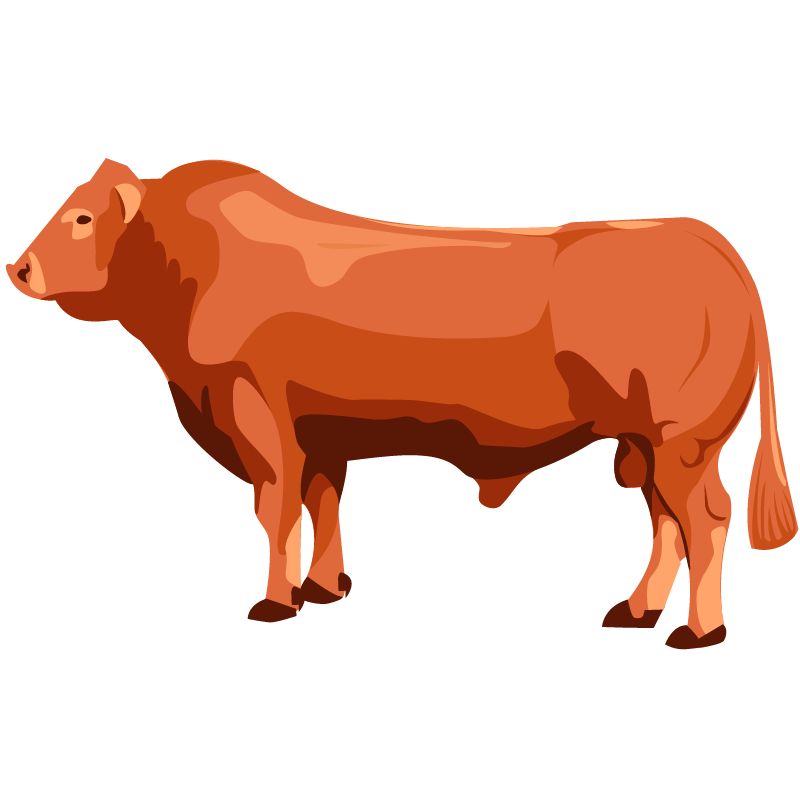Beef
Market data on national and European agriculture provided by the European Commission's agricultural and rural development directorate. Browse visualisations of data about imports, exports, prices and production.

Beef
Beef is the third most widely consumed meat in the world, and a standard ingredient of most European cuisines. Beef production in the EU is fairly stable around 600,000 tonnes per month, putting us in 3rd place after the US and Brazil. Other major exporters beside these 3 include India, Australia and New Zealand.
Dashboards & Reports
Beef prices (carcasses)
Weekly prices of different categories and qualities of beef per Member State and for the whole of the Union.
The first sheet presents prices for a user-selected time range, with some series as from 1991.
Another sheet enables year-to-year comparison, and a third titled 'weekly view' has weekly details with a focus for the latest one.
Beef prices (live animals)
Weekly prices of different categories and qualities of beef live animals per Member State and for the whole of the Union.
The first sheet presents prices for a user-selected time range, with some series as from 1991.
Another sheet enables year-to-year comparison, and a third titled 'weekly view' has weekly details with a focus for the latest one.
Beef production
Monthly production figures expressed in tonnes as well as number of animals, with a map and a bar chart showing distribution over Member States.
A second sheet shows year-to-year variation. Data are sourced and aggregated from Eurostat system.
Beef trade
Monthly import/export figures since 2010 per external partner country. Intra-EU trade (trade between Member States) is not taken into account.
Distribution over individual Member States appears on a map of Europe. Basic data are sourced from ESTAT's COMEXT system, which implies a typical delay of 2 months for data quality assurance and consolidation.

